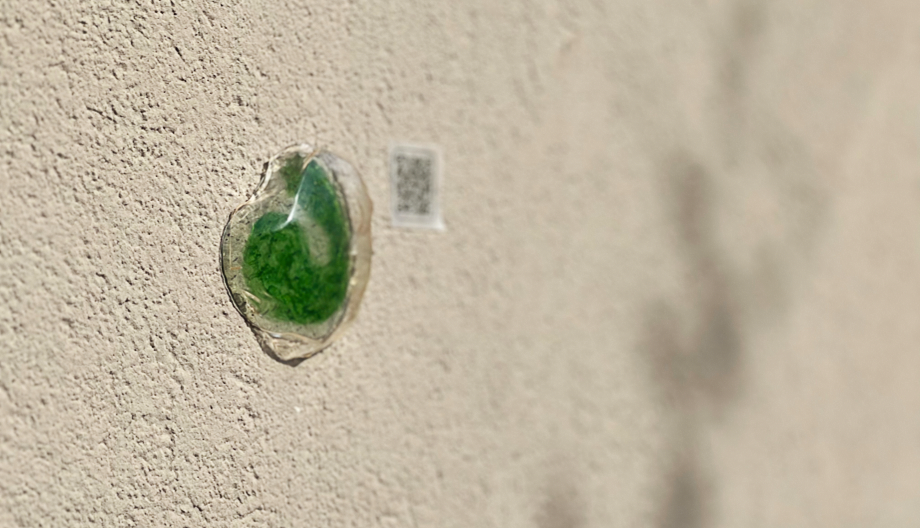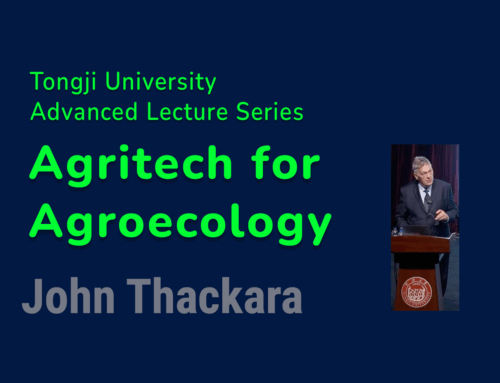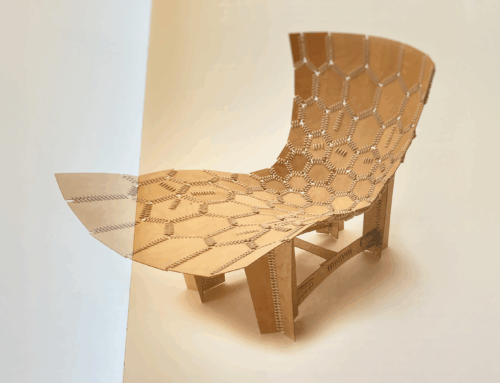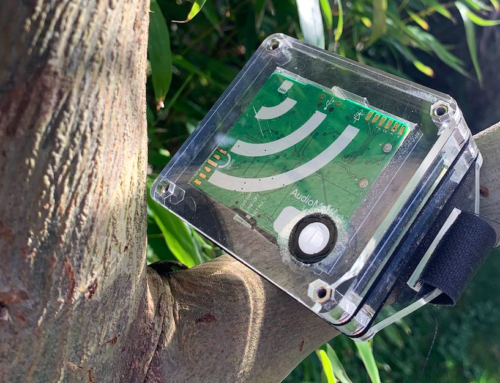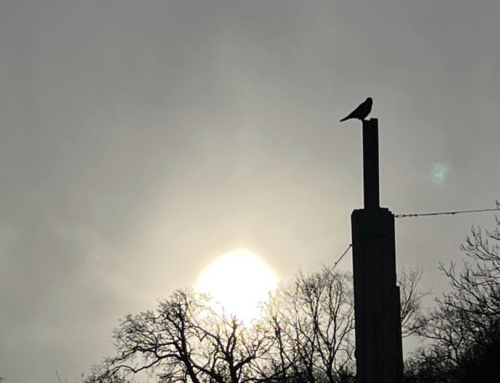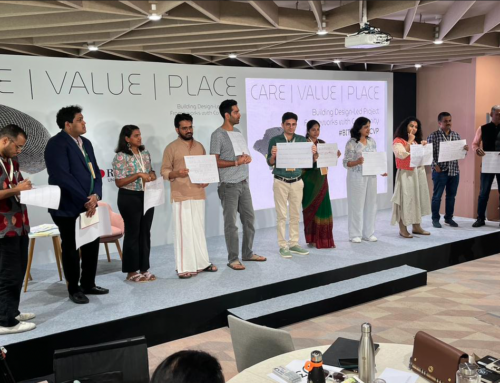Cities the world over have plans to green, rewild or renature themselves. Billions of trees will be planted. Street will be depaved. Facades will become bioreceptive. But when you zoom in to these plans, practical details – tangible interventions – are hard to find.
Hence the focus of this workshop in Milan. Sixteen masters students were asked to design an urban infrastructure tool, equipment, place, or experience. They were given three to choose from:
– Soil care, composting, and fermentation;
– Trees, microparks, and edible forests;
– Microbiome inspired green infrastructure – or MIGI
Their guest professor (me) was impressed by the alacrity with which these young product designers grasped this challenging brief. In just one week, they developed the tangible designs shown below.
Three takeaways here:
1. Plans being made to plant billions of trees – but who will take care for them, and how?
2. Green infrastructure is as much social, as it technical;
3 .If your responsibilities include ecological urbanism, rewilding, or nature-as-infrastructure in a city – well, involve designers.
project THE SECOND CITY
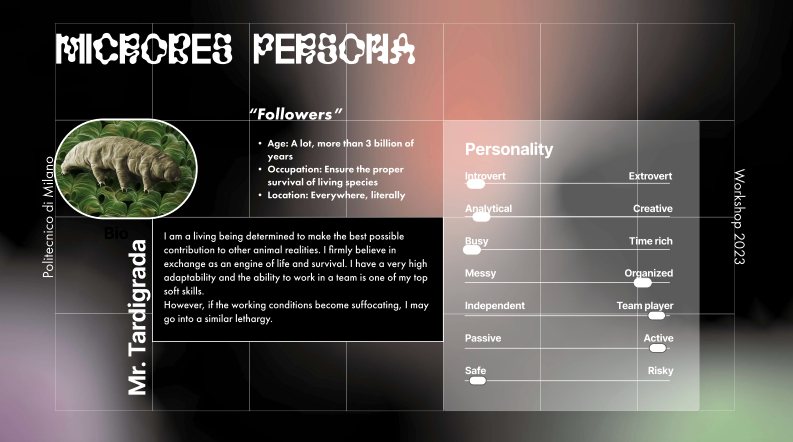
‘If you think you are too small to make a difference, try sleeping with a mosquito”. With these words, the ‘Second City’ team introduced their design for an urban bio-tagging platform. An experiment in human-microbiotic collaboration, their design enables citizens to ‘adopt’ a microbial community that lives in a blob (shown at the top) that they place on a wall.
The invisibly small size of microbes is a communication and interaction design challenge in itself. “Human beings rely mainly on visual perception and, in an increasingly aesthetic society, not to be seen is to be forgotten” the team explained. Their response was twofold. First, they shifted the traditional human-centered design perspective to a microbe-centered one. Second, they made the humans’ interactions with microbes playful, and social.
team: Harper Makushla Mardi, Stefano Oberto, Laura Louise Richter, Yuchen Song
Presentation: https://drive.google.com/drive/folders/1_Clrbl6ho_KF7ty9yNOM93kdj6BwCk7n
project BIOBRIDGES
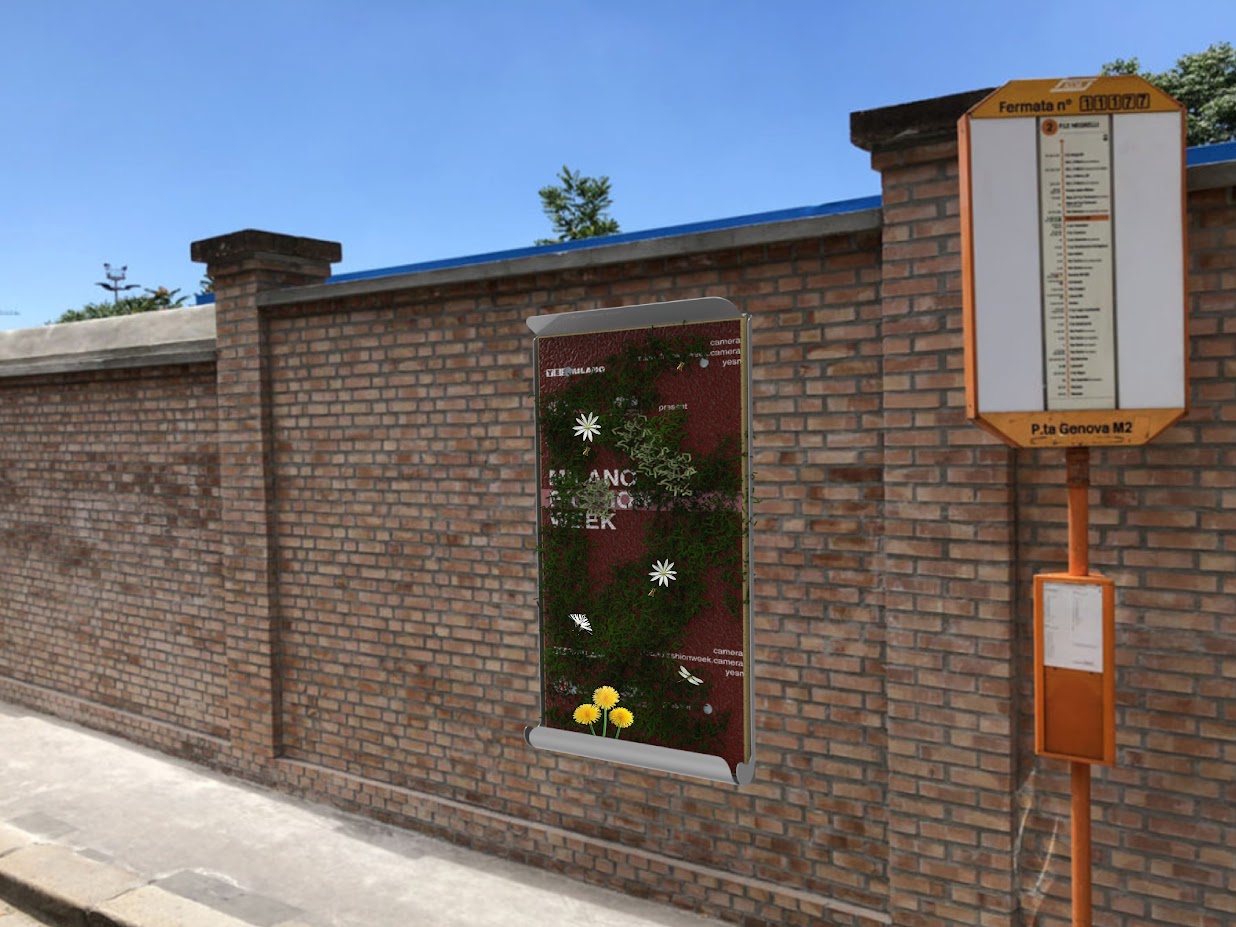
A system to help insects, including pollinators, connect with unused spaces around the city. These often contain high concentrations of biodiversity. These ‘unseen’ spaces, the team discovered, contrast with the low levels of biodiversity usually found in formal urban parks (or for that matter intensively-cutivated rural landscapes) because the latter are so well ‘maintained’.
The physical component of the system is a kind of 2d vertical planter: It looks like a poster but is in fact a growing medium on which lichen and moss flourish.
A final presentation included: a map of the city making ’unseen’ plots visible; the mock-up of a living billboard on a grimy urban wall; and the selection of plants selected to populate these ‘living corridors’.
A dilemma emerged during the week: could it be better to leave bio-intense sites alone, rather than draw attention to them? For some practitioners in the ecological restoration world, the best form of rewilding is to do nothing, and let nature do its thing. We agreed to address “Do Nothing” design in a future workshop.
Team Anna Dondini, Nuño Gonzalez Rebaque, Giulio Alexander Pizzo, Sophie-Anne Néfert Val
Presentation: drive.google.com/1kKzqRkA8loPuLp_TFPx4xORZq-iC4oVN
project MICROBIOME TEST KIT
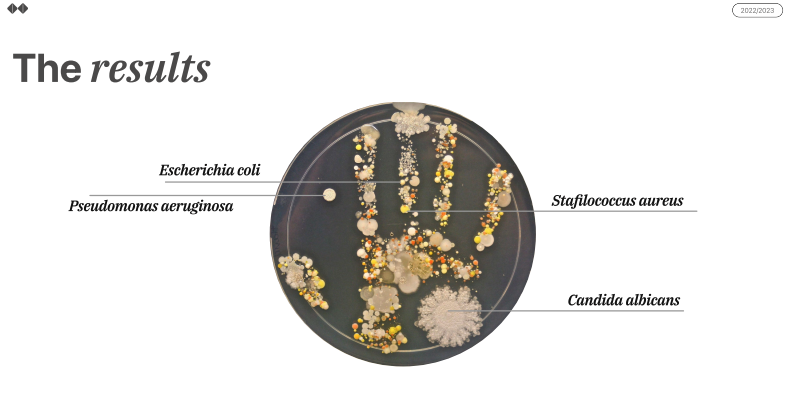
“Our design is about rethinking what clean means”. A test kit, and supporting infrastructure, reveals just how much microbial live is on us, in us, and around us. The service enables city people to perceive these otherwise invisible microworlds (with some assistance from laboratory machines that process the test kits).
The objective was to raise awareness that the well-being of humans, and non-humans, is interconnected. But the project was not just about information. It was an embodied and relational experience. The tangible artefacts designed worked better than pure media in attracting the attention of visitors; doing the test in a public space added social energy, too.
Team: Martina Comola, Lara Lattuada, Vittoria Pagliaroni, Margherita Spairani
Presentation: drive.google.com/1xUpsLQV75hI-En_u73m0bEmEBbW75H-L
project TREE TUNES
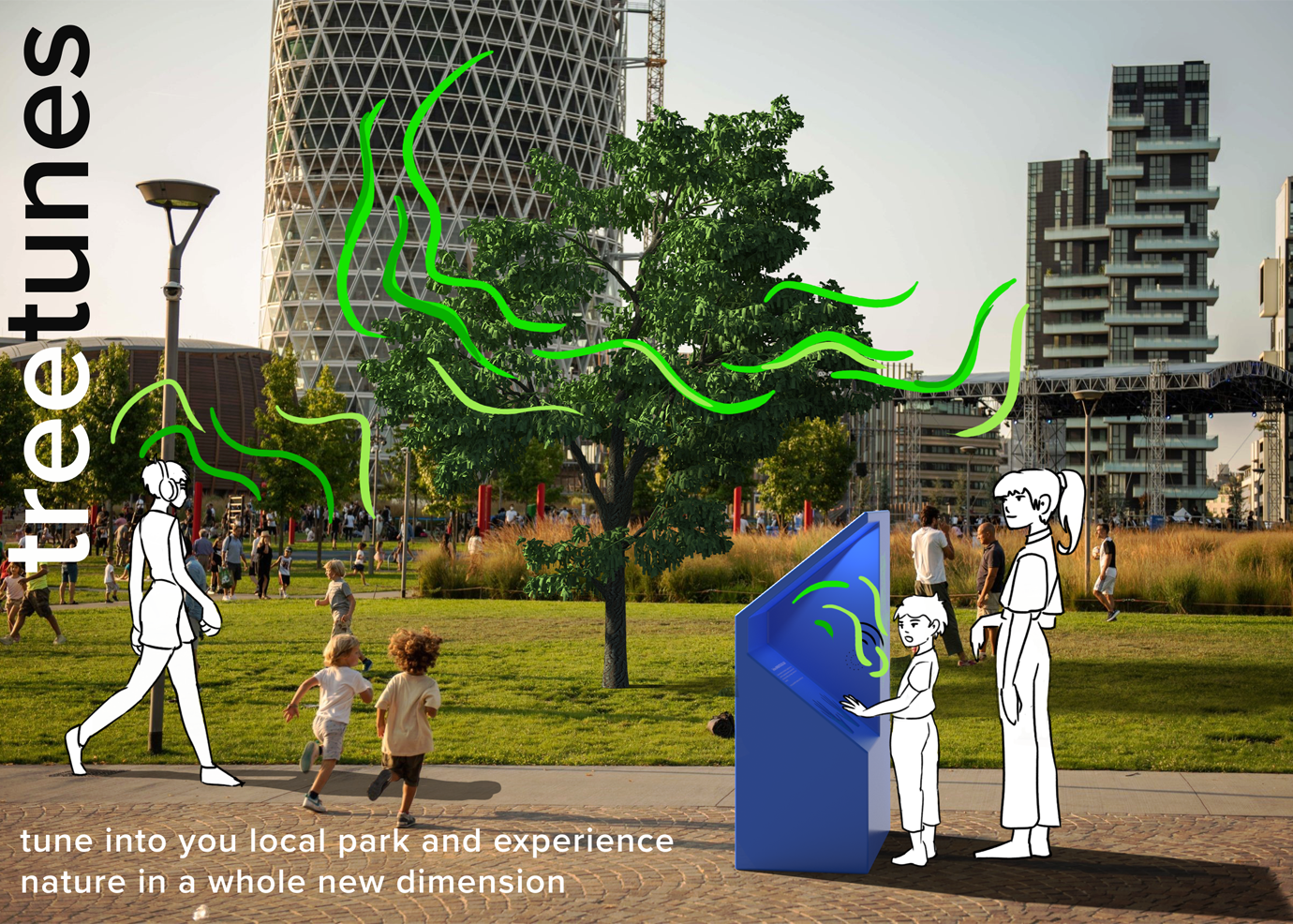
Urban environments are so dominated by human-produced sounds that we seldom appreciate and acknowledge other forms of biological activity. This project for city parks involve different senses, and especially sound, in reconnecting trees and humans.
The fast-growing fields of ecoacoustics and bioacoustics – inspired by the the pioneering work of Bernie Krause – led this team to propose soundscapes in parks that would enhance the ways we interact with local flora. The team did not, in the event, have time to create examples of sonic and/or musical relationship between music and trees – but the ideas generated combined entertainment, citizen science, and awareness-raising.
Team: Caterina Arcagni, Conor Roy Mcarthur, Gabriella Lillie Dina Miles, Shah Jenil Bhaveshkumar
Presentation drive.google.com/1BDd1xzYFFnNGw0QnV5pK6R_AGanqaUyF
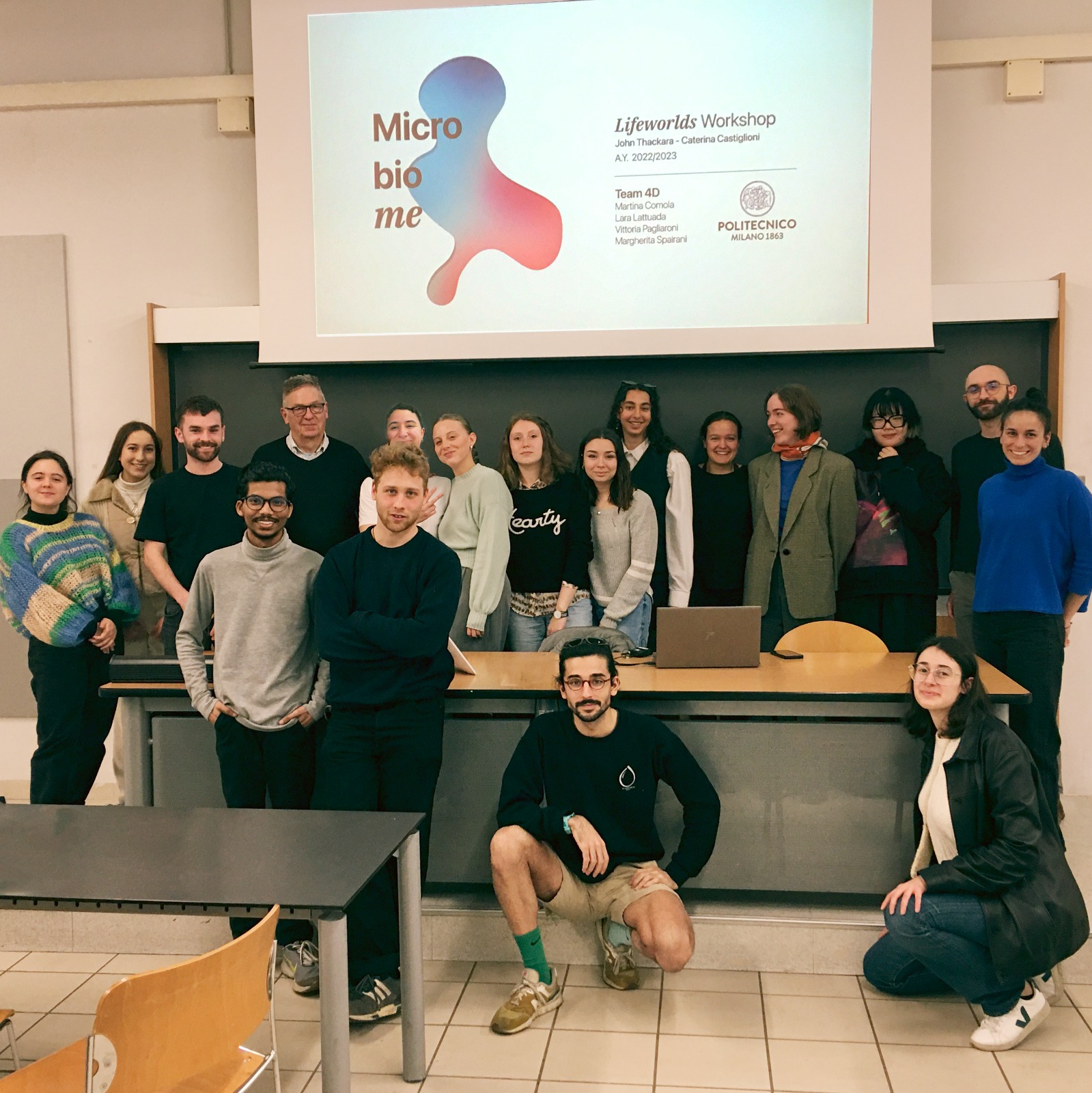
The Lifeworlds workshop was hosted by Milan Polytechnic School of Design @polimi
The workshop instructors were John Thackara, and Caterina Castiglioni
See also:
Blog: Ideas for the City That Cares (my review of Ezio Manzini’s new book, Livable Proximity. “A city that cares brings new meaning and vitality to a world exhausted by a focus on concrete, and consumption”.
Video/talk: From Microbe to Bioregion, Designing for Life
This talk is about design for urban biodiversity at multiple scales – from microbe to bioregion. It describes a new model of urban development: designing for shared aliveness. The implication? A new economy in which Business serves Place (or B2P).18
Blog: Design for multi-species cities 2022 (last year’s workshop)
Featuring: a pop-up garden; a tree-sounds sampling system; an iPhone turned into a microboscope; a bird hospitality service; and a microbial museum installation
